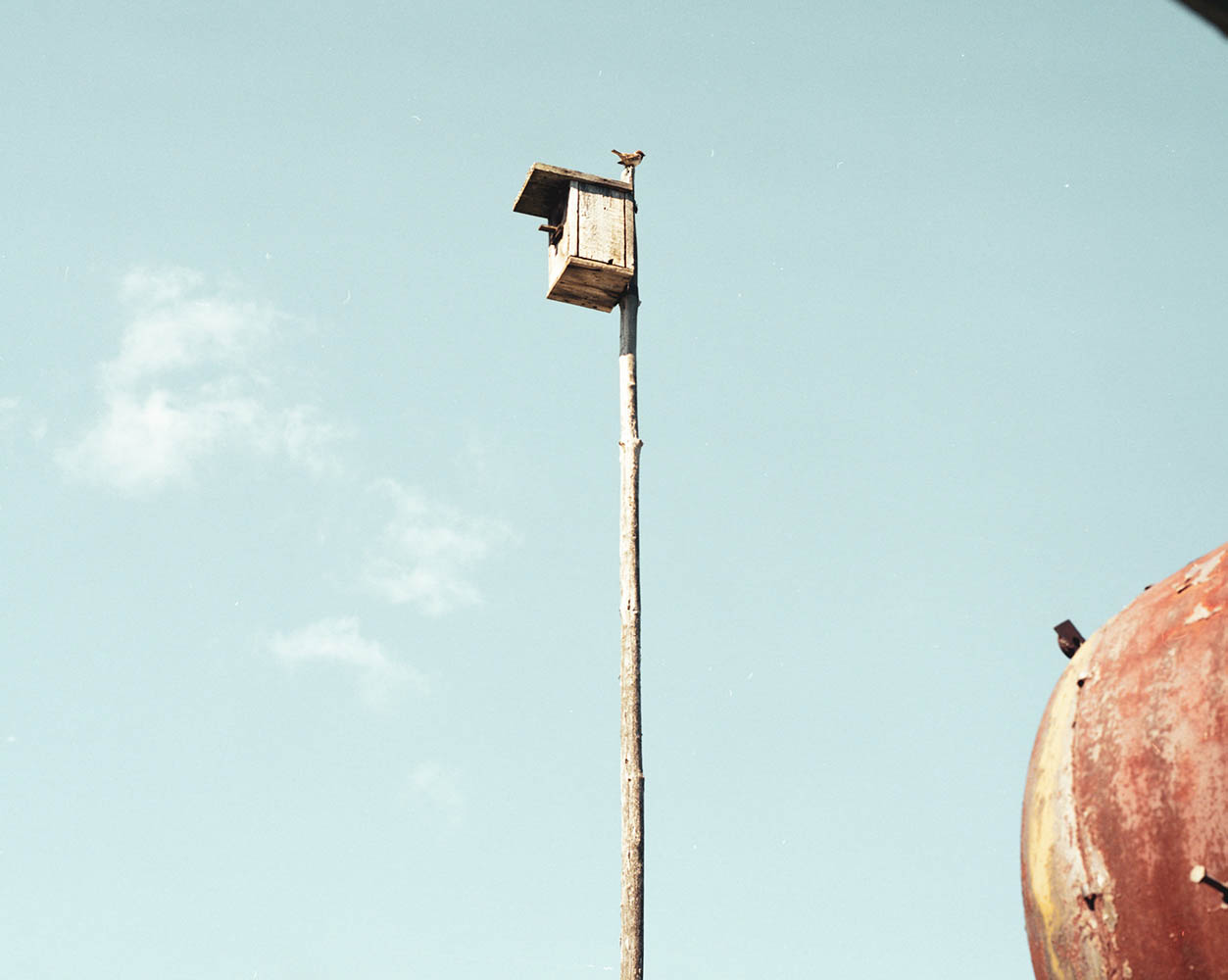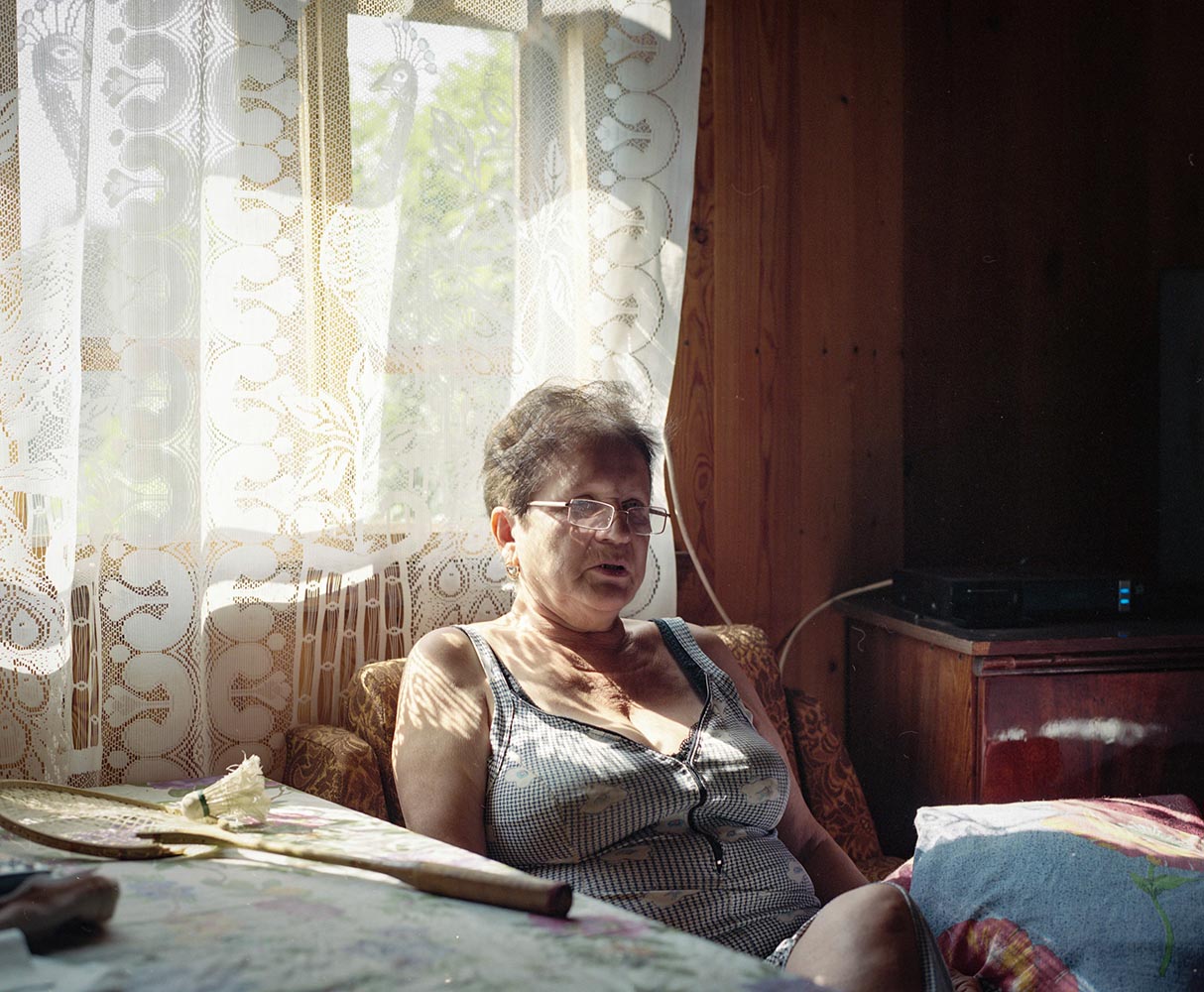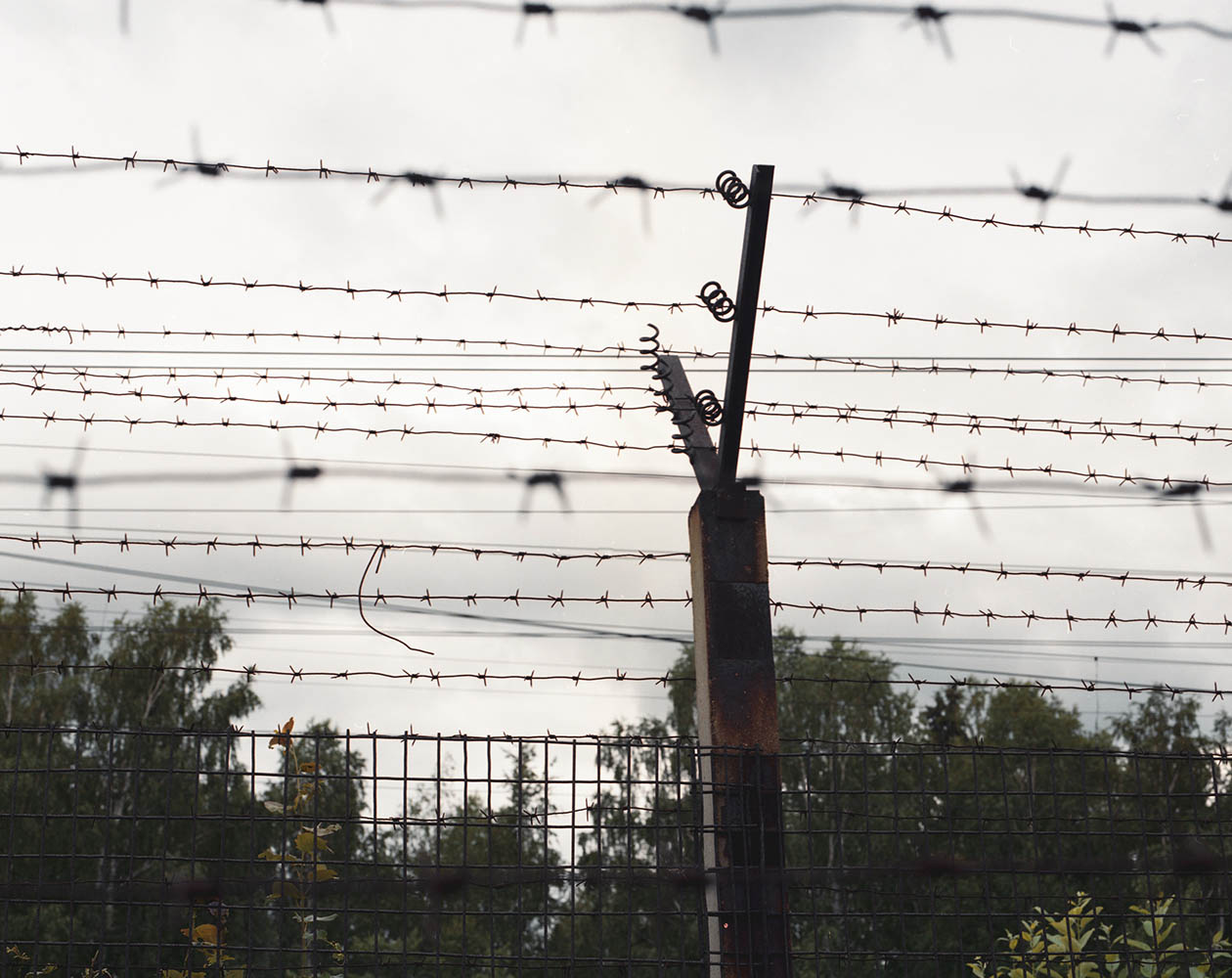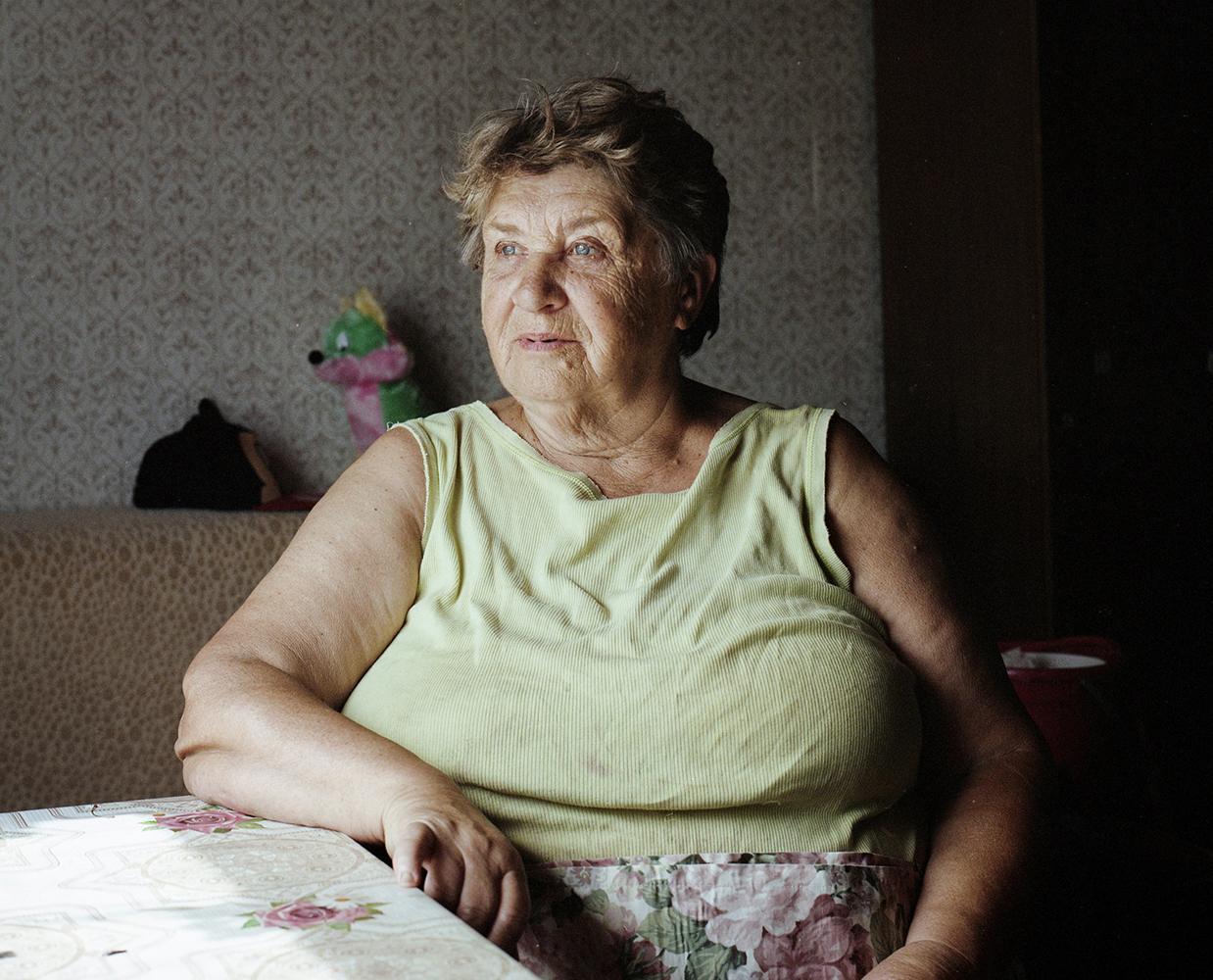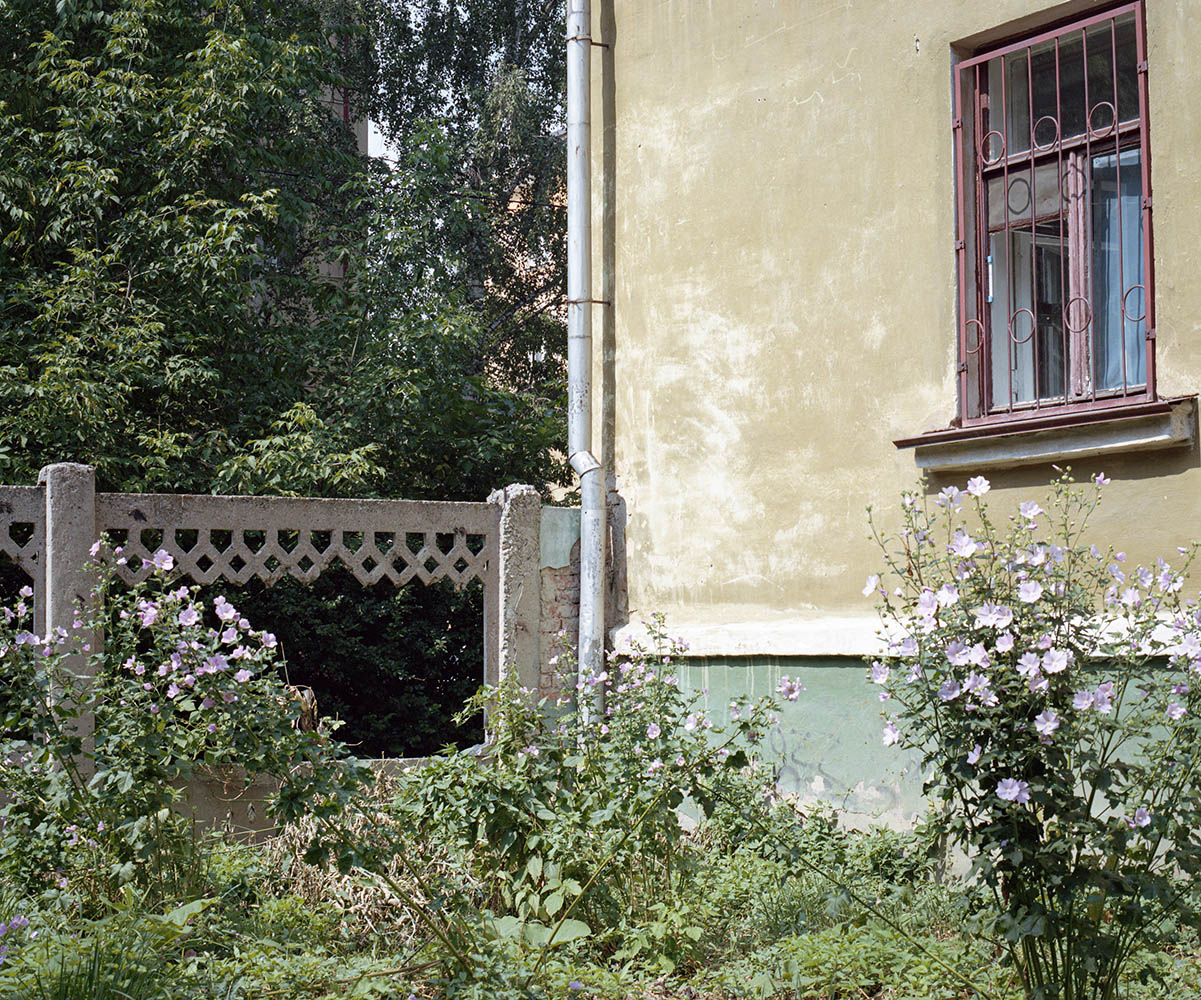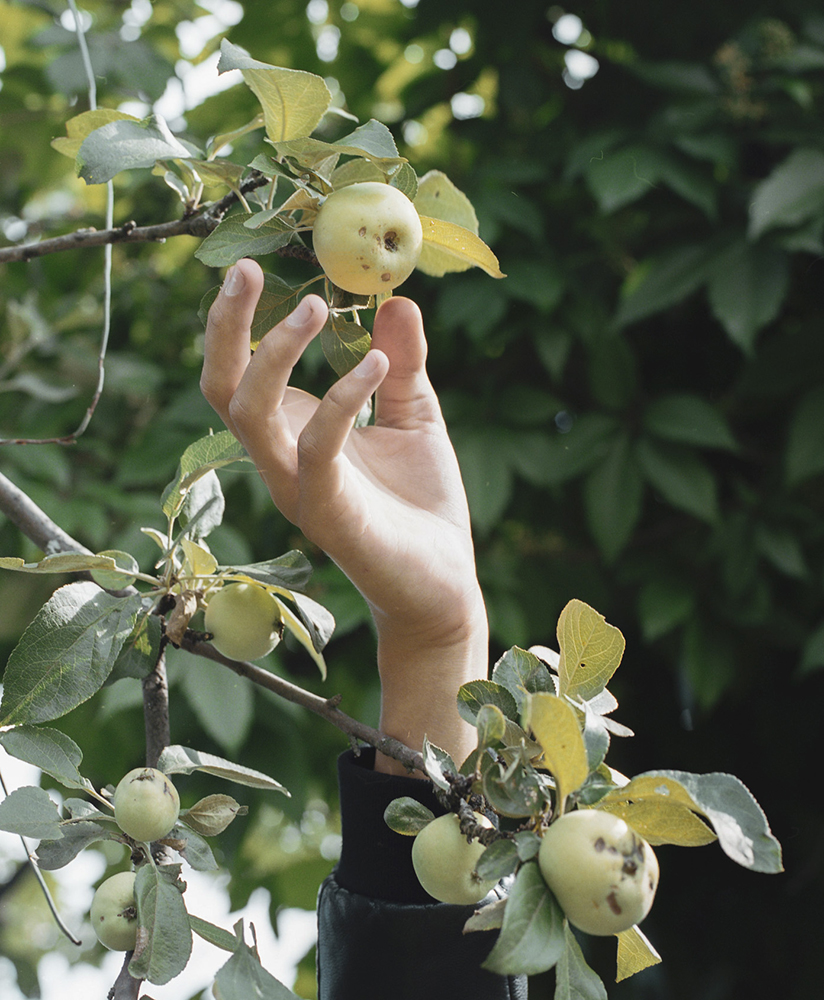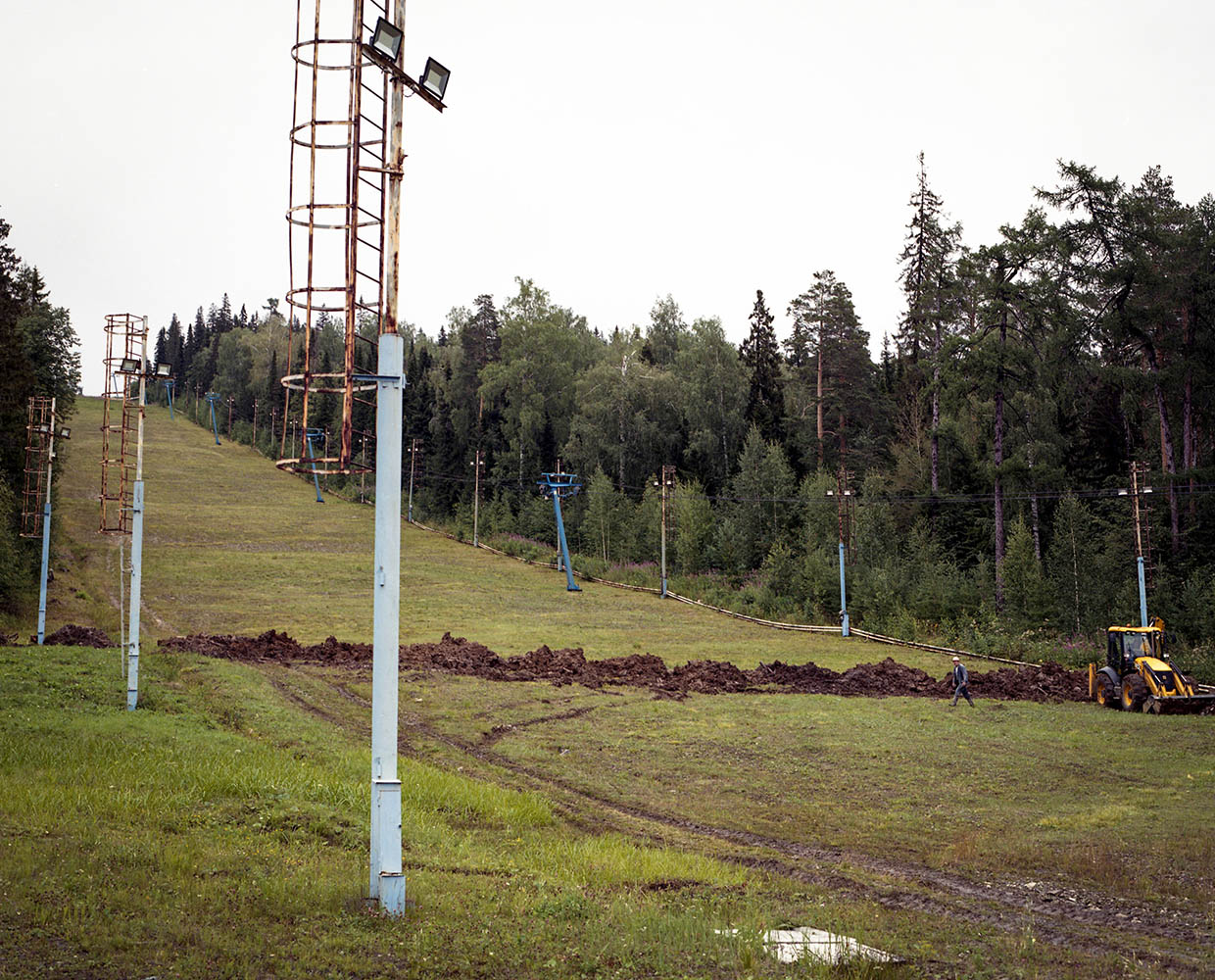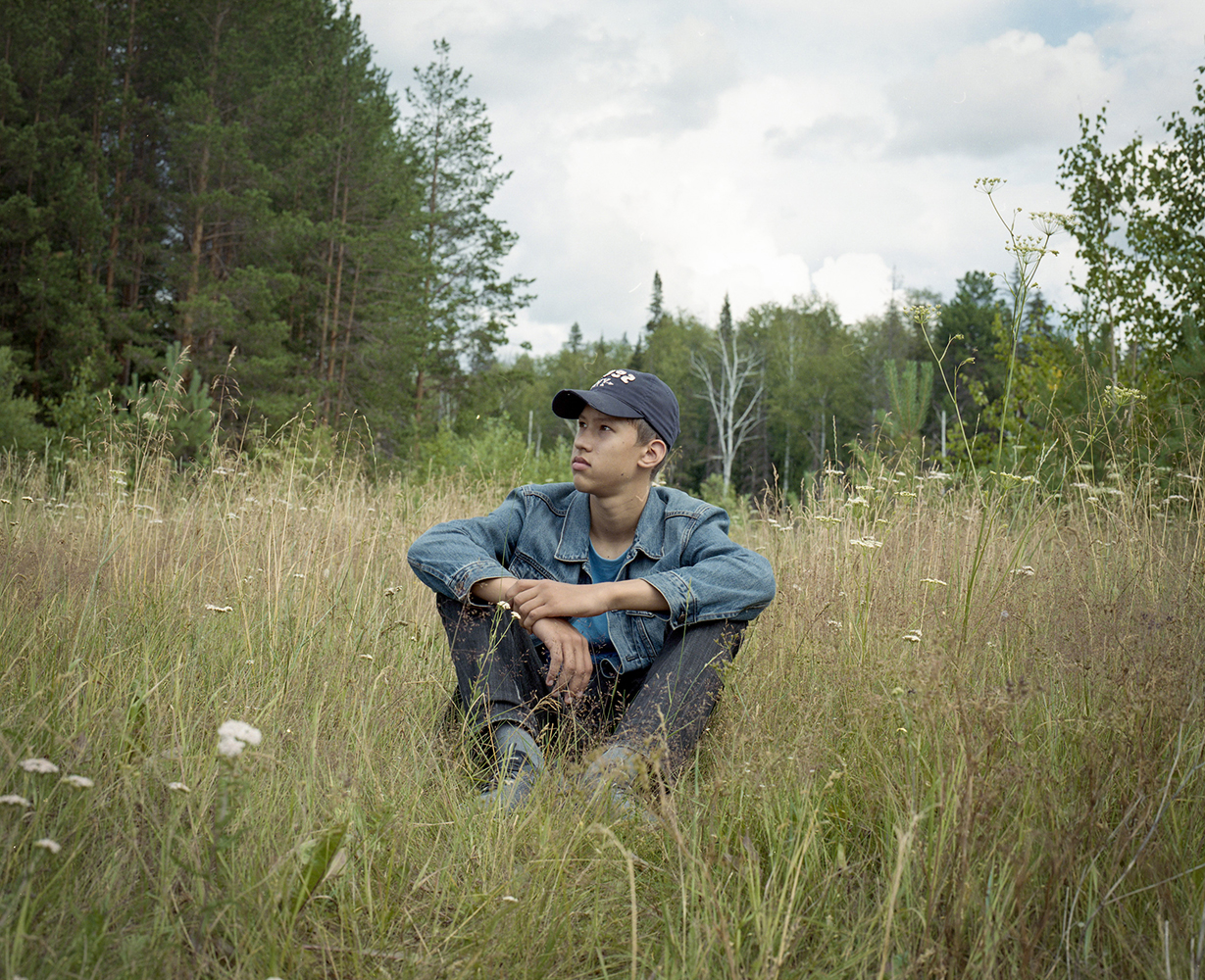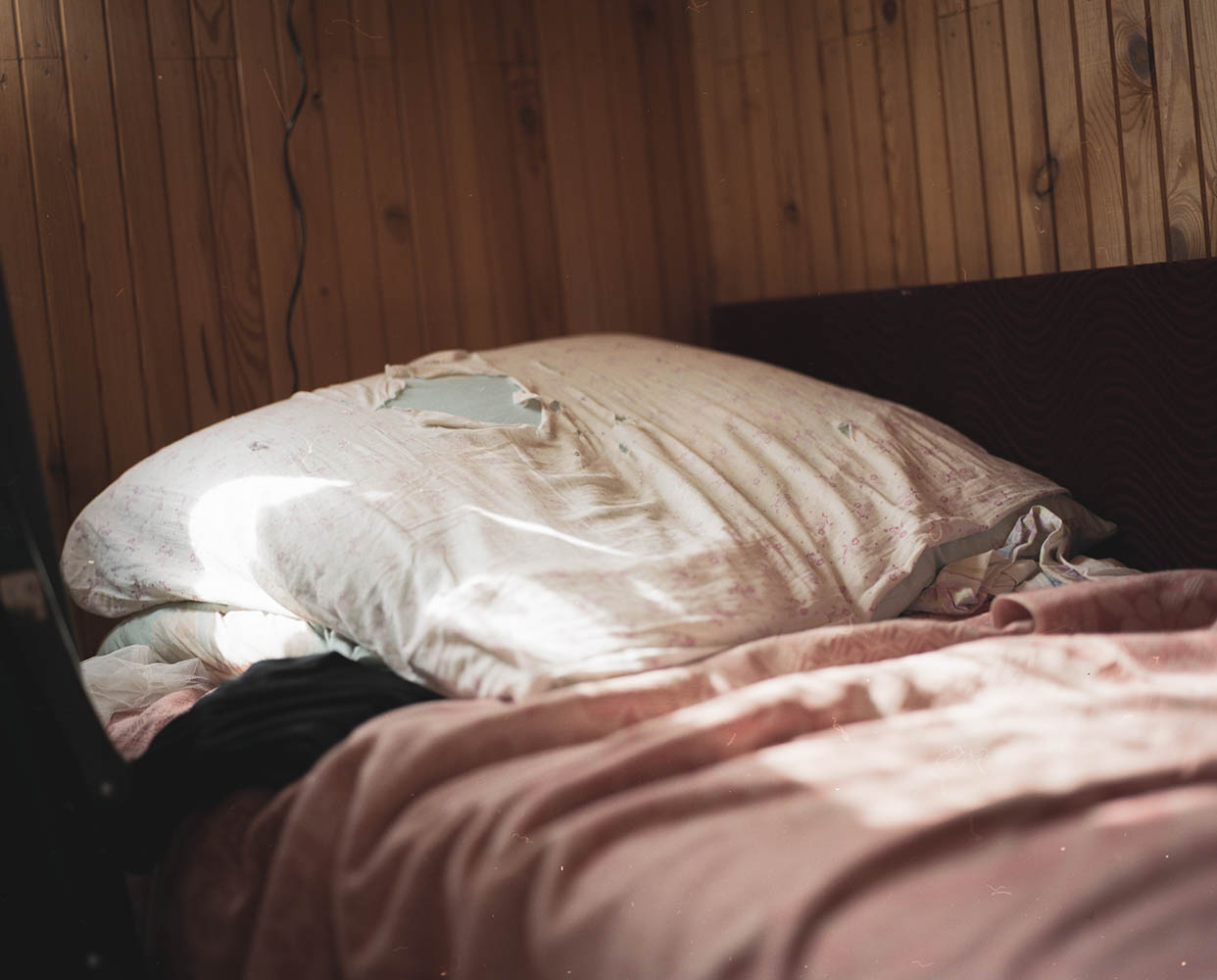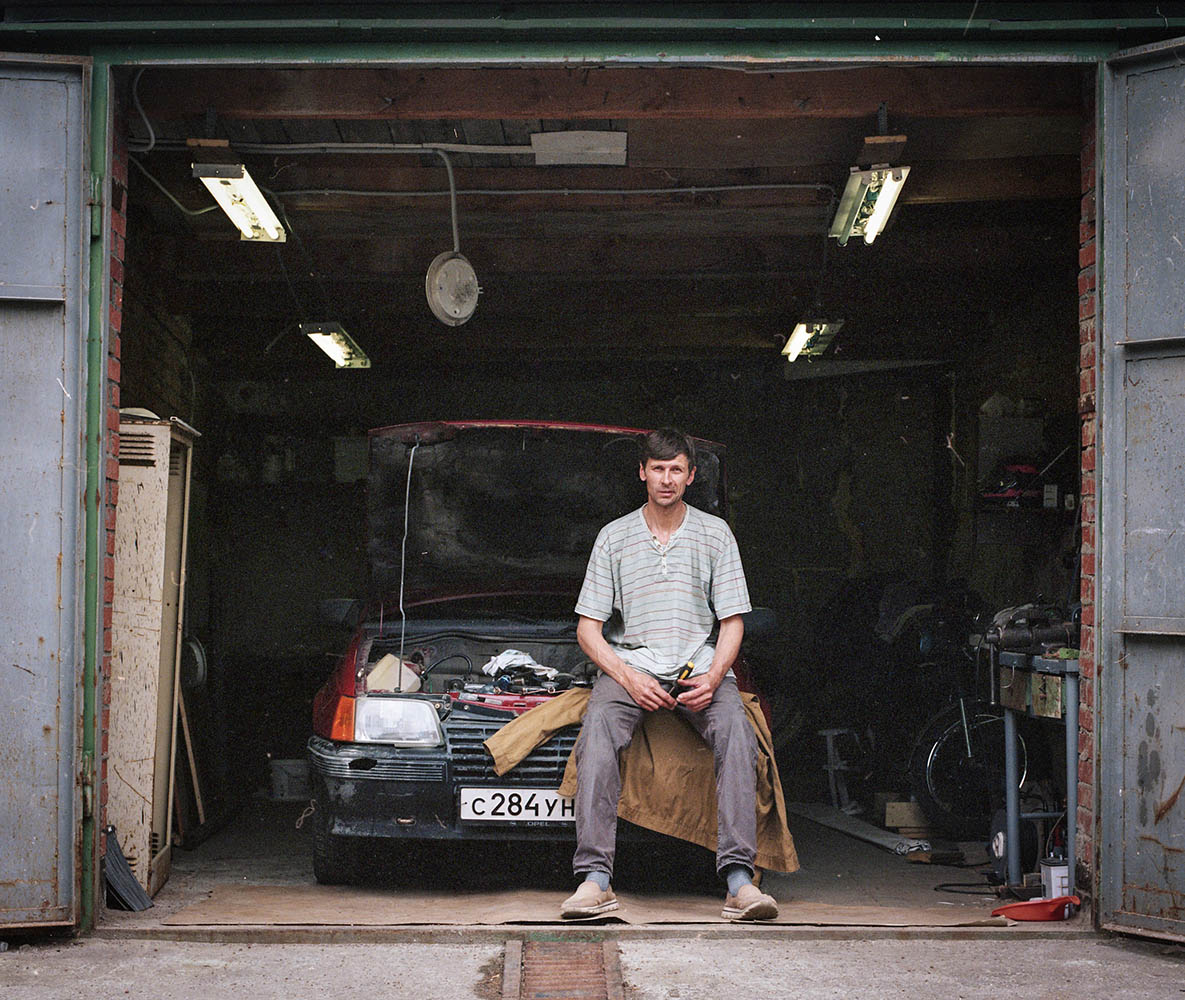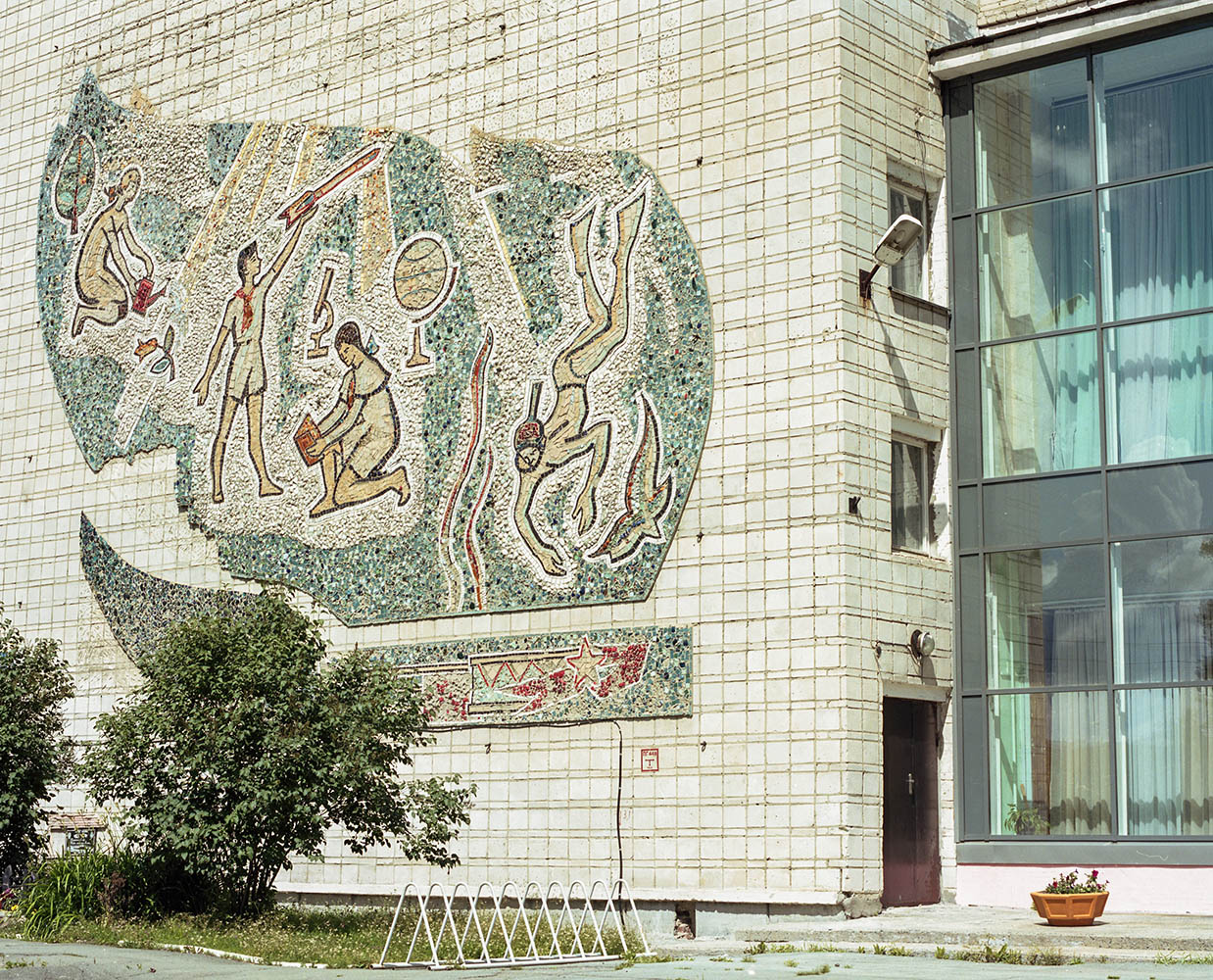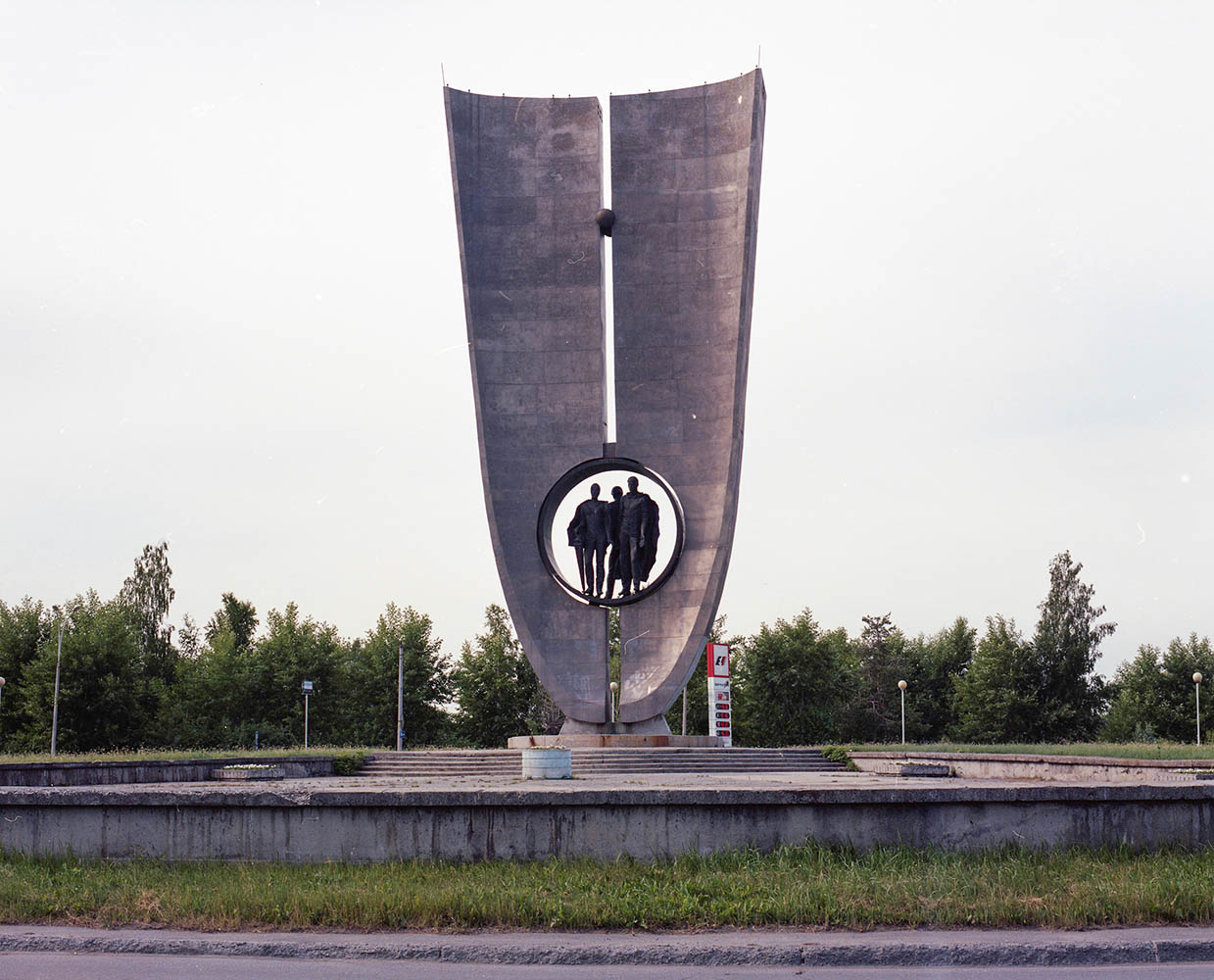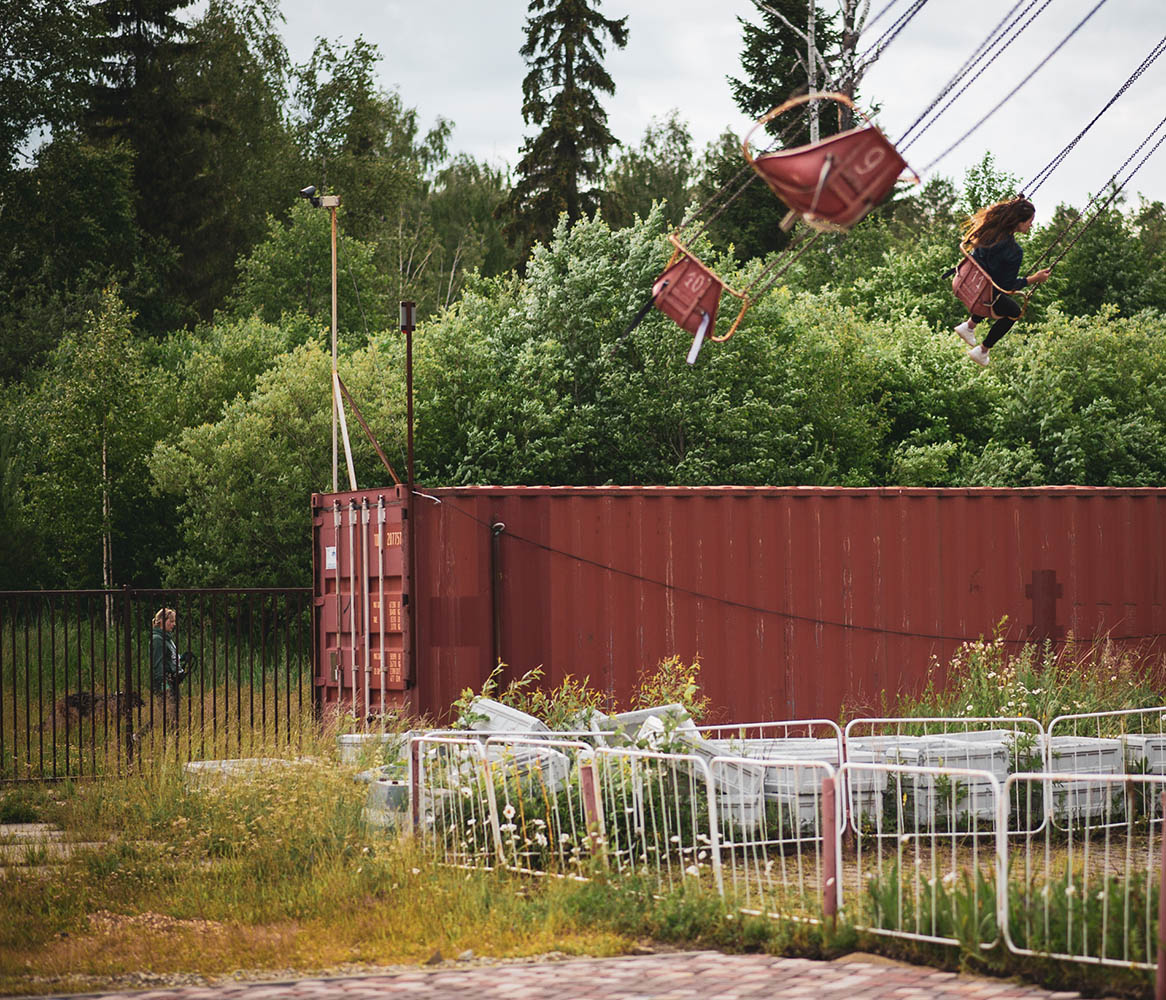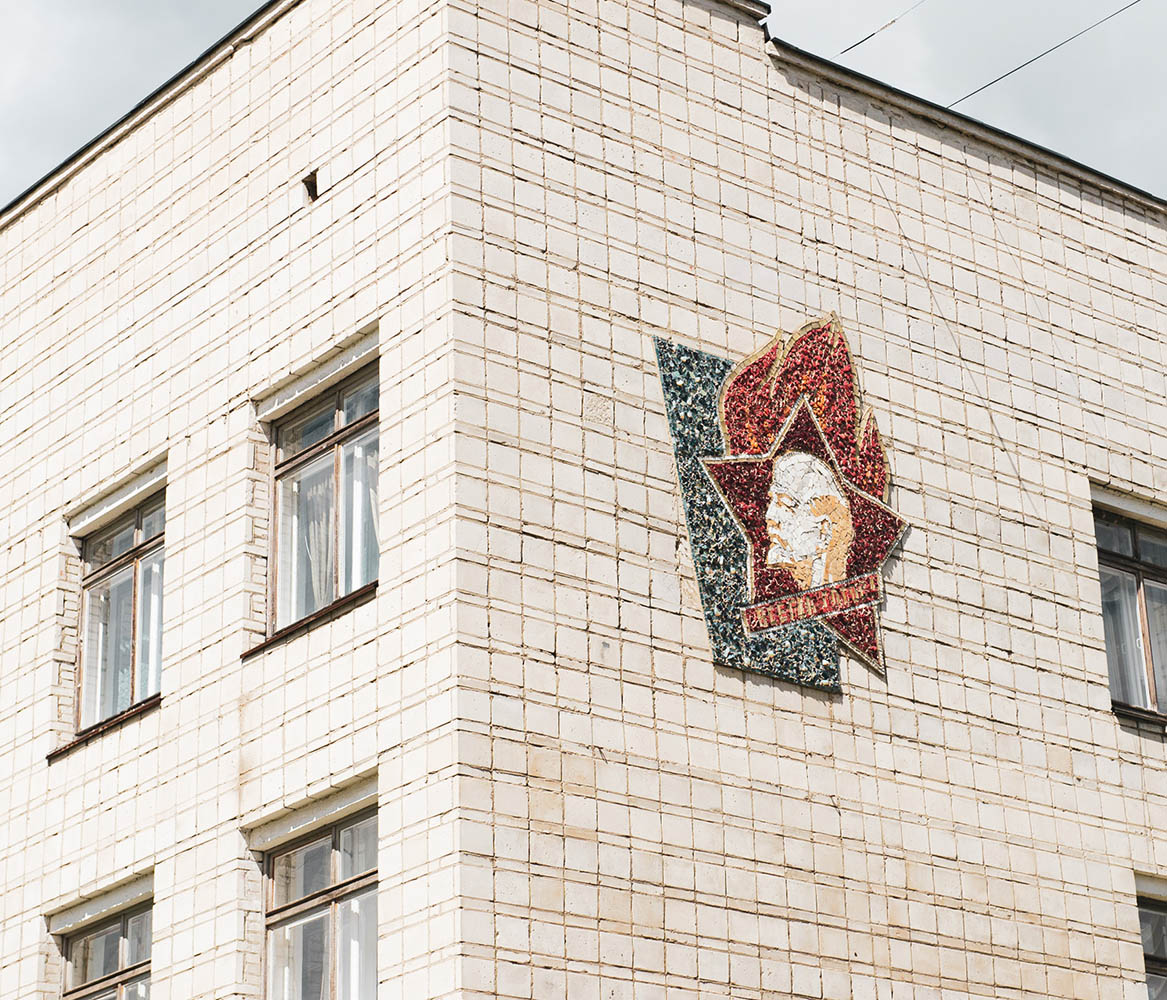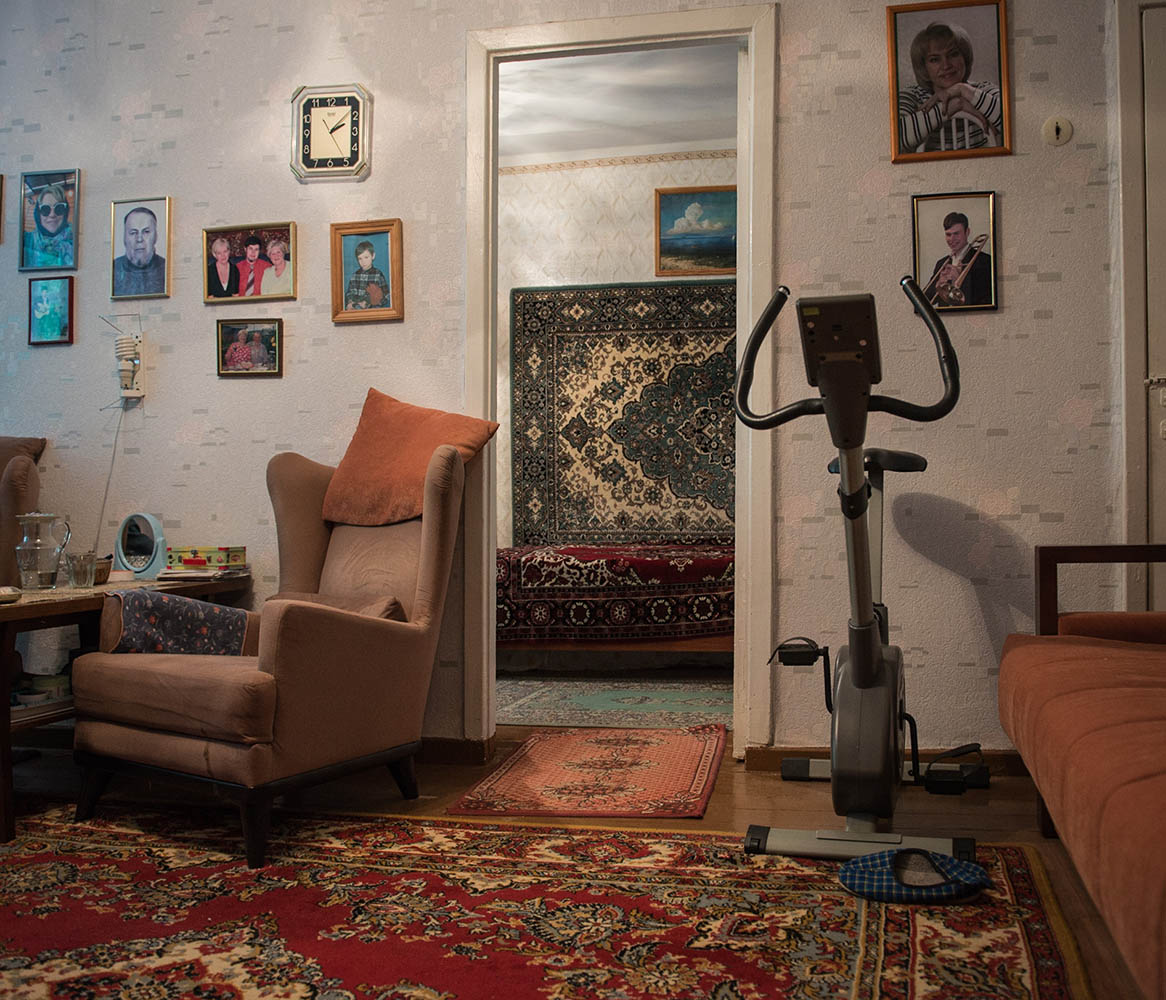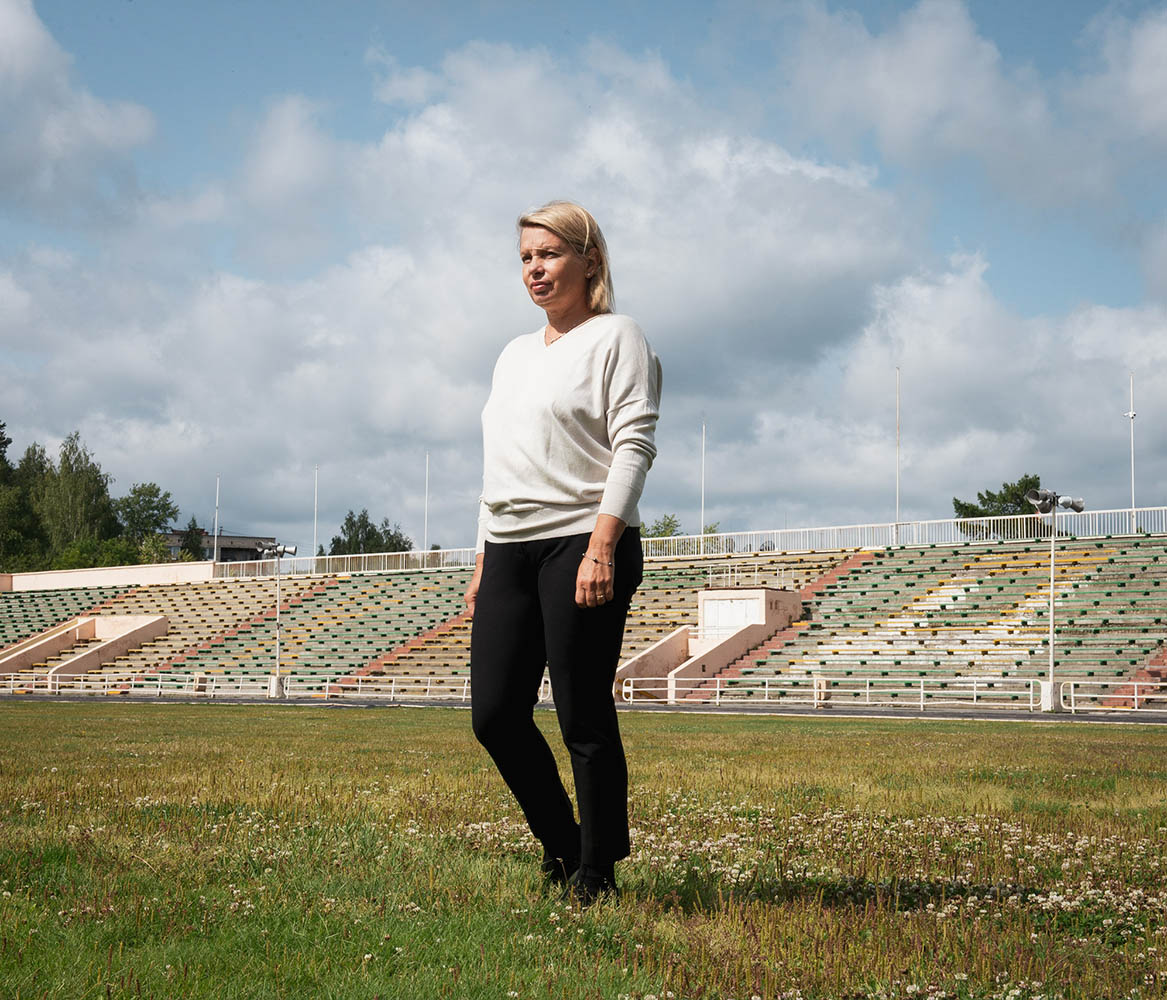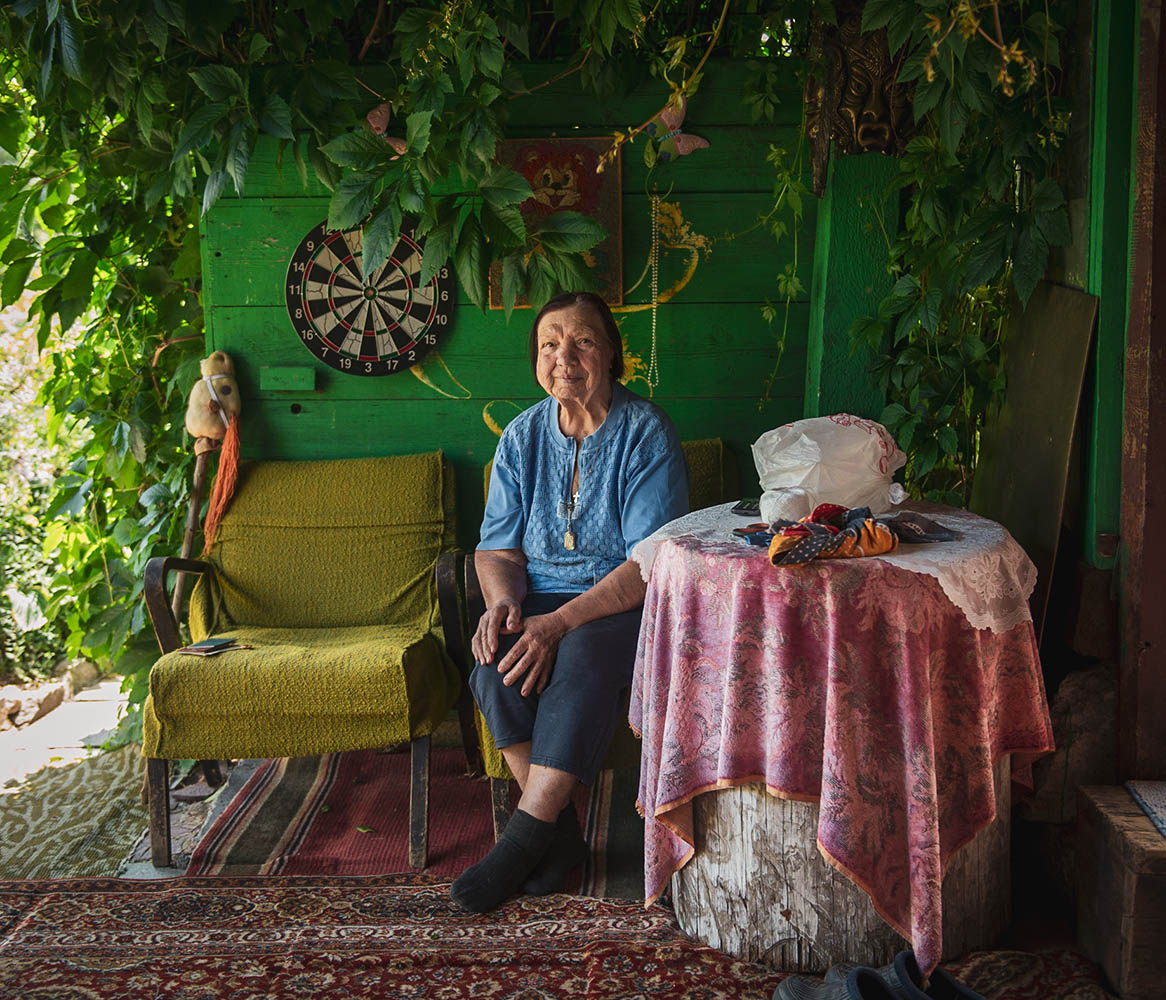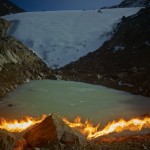Kristina Sergeeva: Mailbox44
Projects featured this week were selected from our most recent call-for-submissions. I was able to interview each of these artists to gain further insight into the bodies of work they shared. Today, we are looking at the series Mailbox44 by Kristina Sergeeva.
Kristina Sergeeva is a documentary photographer, born and raised in the Middle East and is currently based in London.
Her interest lies in telling visual stories about hidden histories, family, spaces, environments and secrecy. Drawn from personal family stories about the Soviet Era that she has not experienced herself, her work explores the intricacies of Russian history. In an attempt to discover her ‘homeland’, she has begun to unpack the complexities about the past system that she knew only through her family stories. To familiarise herself with the past of her country and the Cold War, Kristina has explored a closed town in the Urals, which until this day remains an extreme example of the Soviet regime.
Kristina’s most recent body of work, Mailbox44 questions how an environment has shaped and impacted the mentality of its residents from its past until this day.
Mailbox 44
In Russia, the phenomenon of secret closed towns has been present since the mid 1940s, throughout the Cold War period and the nuclear age, prompted by the two world wars.
The regime of secrecy was created in order to house a military industrial complex within the walls of each of these secret towns. Secret towns were positioned in various geographic locations and were non-existent on Soviet maps. Secured by a concrete wall, in the past, these closed towns might have resonated a feeling of privilege, safety and comfort. They provided all the luxuries people could ever dream of: a theatre, schools, sports complex, ski slopes and more importantly, food and complementary accommodation. A permit (propusk) was required to access each town, restricting entry for the general public. They were seen as utopias which people dreamed of living in, but never knew existed.
My grandparents were recruited to be a part of one such community, arriving from Nizhny Tagil, Russia in 1975 with their two children with the hope of a better life. Through my photographs of their town, I explore the notion of Soviet closedness through documenting family members and locals who still live within this enclosed environment. Mailbox44 questions how this particular environment has shaped and impacted the mentality of its residents from its past until this day.
Daniel George: So, your grandparents lived in one of these Soviet Era closed towns. At what point did you become aware of the uniqueness of their community? And what led you there to make photographs for this series?
Kristina Sergeeva: I used to visit my grandparents in Russia every summer, we would spend time in their country house and periodically we would come into the town. When I was younger, I never really questioned it, I guess I didn’t understand and no one really answered my questions as to why we needed permits to enter the town through its control gates.
I think that this project was prompted by my grandfather’s death in 2017 and my own realisation that nothing is eternal and if not now, when? I yearned to become closer to my Russian heritage, I wanted to spend more time in Russia and have more time with family and relatives. I started to research various aspects, have discussions with my grandmother, and it was through my interest in photography as a medium of visual storytelling, that I realised that I needed to tell this story, as it was as personal as it could get.
I delved into studying a Masters in Photojournalism and Documentary Photography at UAL: London College of Communication, which enriched my knowledge of the many ways I could tell this complex story, about my grandparents and their lives, the complexity of the dynamics of the town from its past, and even until the present day. I developed an understanding for myself about how to go about telling this story, whilst also considering some of the ethical and representational factors. I spent time researching the history of closed towns, the idea of ‘Soviet closedness’ and it’s psychology which is associated with the secrecy that was taking shape within this environment. It was a way for me to understand the story first, whilst also starting to discuss this topic with my grandmother more openly. The most unique perspective came from my grandmother, it was a story that she never openly communicated with anyone, a story of her life within the walls of a previously classified closed town.
DG: Tell me more about the name of the project, Mailbox44. I am curious about the significance of these places being identified by numbers, rather than names.
KS: The town had a different name at the time, which was common for closed towns as part of the regime of secrecy, it obtained a generic title ‘Pochtovy Yashchik’ which means ‘mailbox’. The term mailbox refers to a one-way communication system. All mail was addressed to a special postal code e.g. (mailbox-44) for function, instead of a specific geographical location. The number ‘44’ is directly associated with this town, therefore if curious, one can find out the location of the town by researching it.
The title for this project came about towards the end when the project started to take shape as a book dummy. I wanted to be playful with this idea of anonymity and indirectness, which is still prevalent in contemporary society concerning the topic of closed towns. When I started to have a dialogue with the older generation within Mailbox44, I did not get much of a response or answers and it made me even more curious. Most of this indirect silence and their reluctance to describe their past is associated with the secrecy of their environment, an environment in which you could not address where you lived or why you lived there. You could not describe your town or any of the amazing utopian attributes it provided for the small population of residents it granted access to.
DG: I am intrigued by the purposeful absence of these cities on a map, and I wonder how this might affect the resident’s general sense of identity. Since you spent time examining one of these places, how do you feel that secrecy has shaped these communities?
KS: Mailbox44 was founded in 1945 but was kept a secret until 1995, ceasing to exist on any maps. Identity has a lot to do with this project, it was intriguing to unpack and get a sense of this notion of ‘soviet closedness’ that I received from the participants, predominantly by the older generation. With the older generation, I feel that there is still an element of fear remnant when asked about even the most mundane aspects of their lives. It was clear to me that they did not wish to elaborate past their short answers. There was a strong reluctance to communicate about their lives and this is directly linked to the past and their inability to do so. Although this generation experienced both worlds, they experienced life prior to being invited to live in a utopian town, therefore, they already had constructed their identity, yet this completely shifted when they moved to this classified town as they had to alter the way they lived their lives. As my grandmother said “Before we moved here, I had friends … we had a group of three families, we were together at the weekends and on holidays. But then, I moved to a new place, no one saw each other as frequently. We had our own lives…perhaps this way of thinking comes from this environment.” This space essentially became an isolated sanctuary, it provided everything for the residents in order to prevent them from leaving this environment.
The middle and younger generations opened up more openly about their lives and experiences. The youngest generation, which is also the generation which was born in the town was completely open when discussing their lives and ambitions. The youth also reiterated their desire to leave this town, expressing that this environment limits them and they yearn to escape to a megapolis city to pursue their dreams, most never return. The town has shaped all of the generations in a different way.
Additionally to this, many of the residents oppose opening up the town to the general public as they have been accustomed to living within an isolated sanctuary for the most part of their lives. They expressed that they were grateful for this seclusion, for the securities it brought, and for the subconscious control of people it granted access to. Speaking to one of the youth participants about this, he said “Feeling safe [within the town] has been present throughout my whole life, and perhaps a lot of it is to do with the wall keeping out the dangers, there is less criminal activity and influx of strangers.”
DG: You write that your work is an attempt to discover more about the past of your country, as well as your family history. Why do you feel this is best done through photography? And what compels you to share what you have uncovered?
KS: Photography is and has been a medium of documentation, through the personal archives of my family members, I am able to visualise their lives in the past. I aspired to contribute to my grandparents’ story by adding my imagery of the town, portraits of those who have been a part of their lives within this environment and also adding visual imagery to my grandfather’s collection. During the classified times, photography was strictly prohibited within and of the town, unless it was used for specific purposes and was approved by the local municipality. As such, I never saw any personal archival materials from those that I spoke to of the town itself and what it was like.
This idea of declassified ‘utopian’ towns is extremely fascinating to me in connection with my family’s lived experience within the premises of this space. I intended to document it through the use of photography to create a physical document of this environment. Many of these declassified environments have opened up to the public in Russia in order to get more investments and in a way, they lose their significance as a historic landmark. A place that still encompasses so much history yet is still secluded from the rest of the world, but grants access to some and not others is ineptly a Soviet environment. It is likely that all of these declassified environments will open up to the general public in the future.
In a sense, this space was never documented in this way before, through a purely personal and documentary narrative. I intended to document a small, yet extremely intriguing part of Russian history through an entirely personal narrative and this is what motivates me to share this story with you today.
Posts on Lenscratch may not be reproduced without the permission of the Lenscratch staff and the photographer.
Recommended
-
Earth Week: Simon Norfolk: When I am Laid in EarthApril 27th, 2024
-
Shinichiro Nagasawa: The Bonin IslandersApril 2nd, 2024
-
The International Women in Photo Association Awards: Lorraine Turci: The Resilience of the CrowMarch 16th, 2024
-
The International Women in Photo Association Awards: Rayito Flores Pelcastre: Chirping of CricketsMarch 14th, 2024
-
The International Women in Photo Association Awards: Louise Amelie: What Does Migration Mean for those who Stay BehindMarch 12th, 2024

